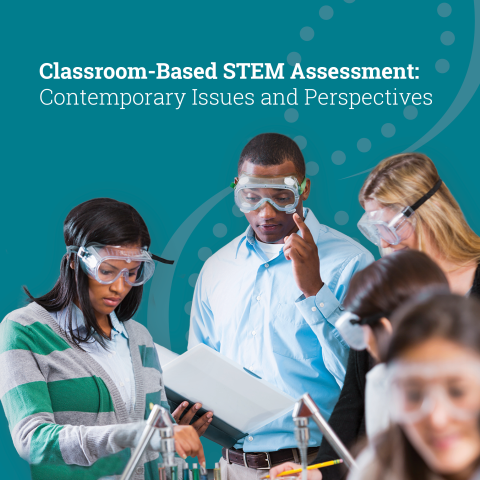Multidimensional Science Assessment: Design Challenges and Technology Affordances
Contemporary views on what students should learn increasingly emphasize that students need to acquire more than a base of knowledge; they need to acquire the skills and abilities to use such knowledge in dynamic and flexible ways. To be most effective, learning environments need assessments that are aligned to these perspectives. Using a principled design framework can help guide assessment development toward such targets. Even when using a framework, however, thorny design challenges may arise.
In this paper, we describe three challenges (conflict between multiple dimensions of science proficiency, authentic data, and grade-appropriate graphing tools) that we faced when designing for a specific Next Generation Science Standard, and the theoretical and design principles that guided us as we ideated design solutions. Through these designs we maintained alignment to our multidimensional assessment targets, a critical component of our larger assessment validity argument.
